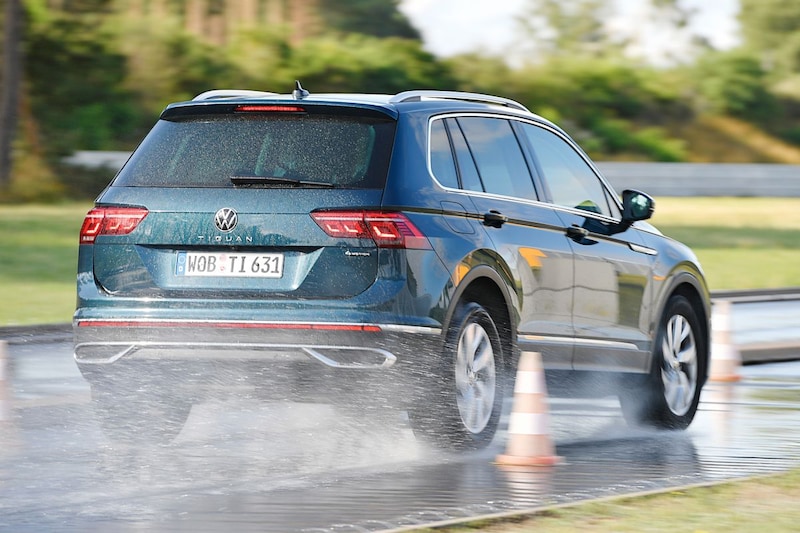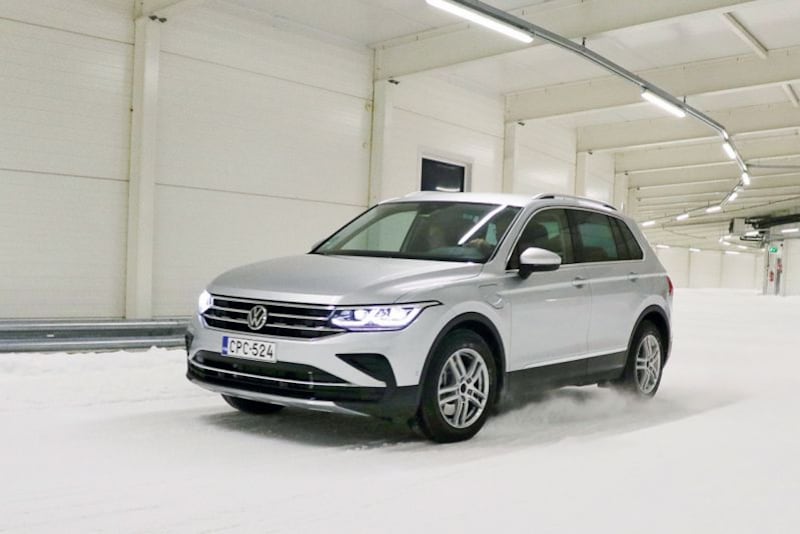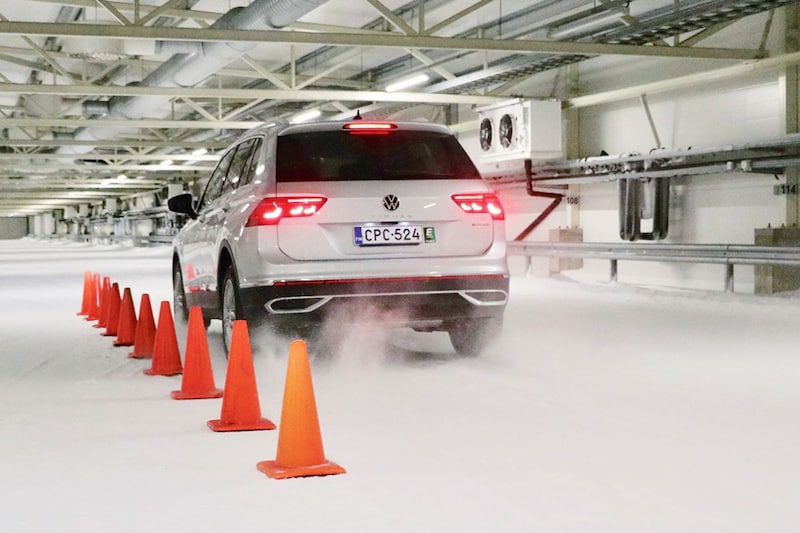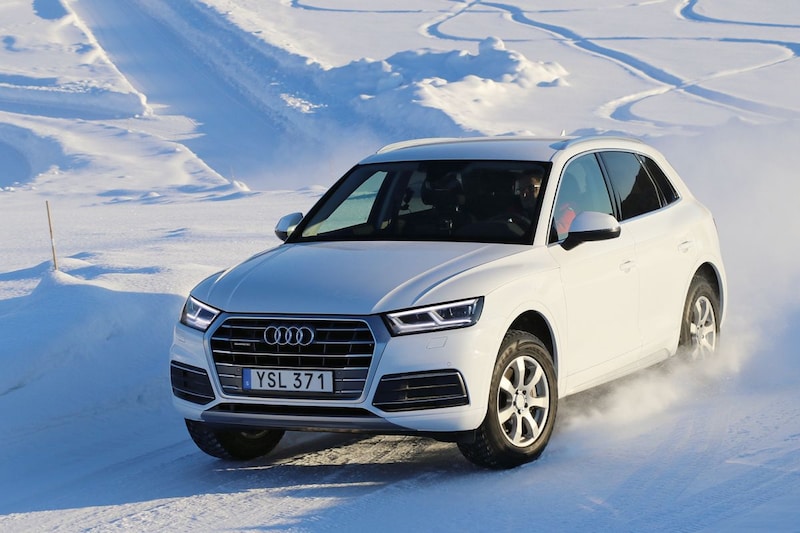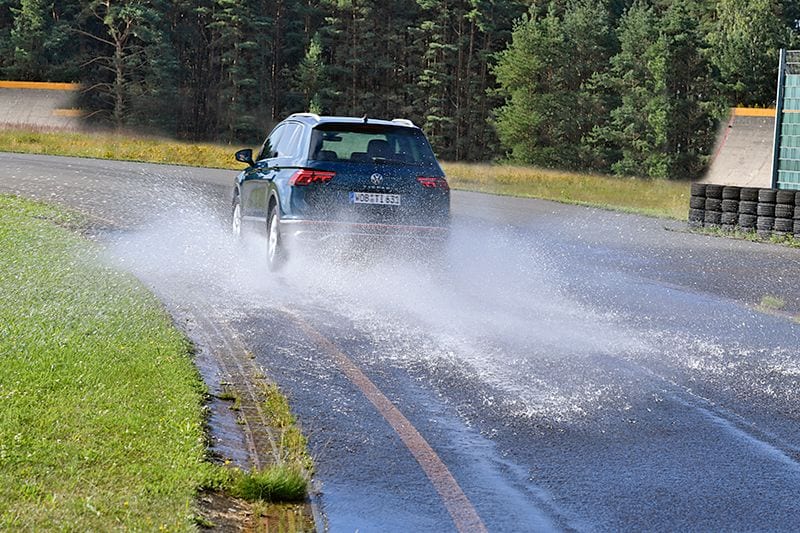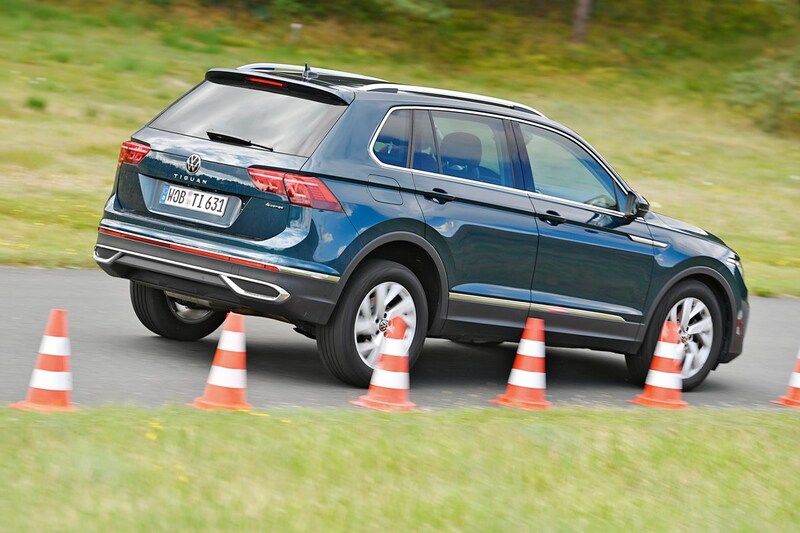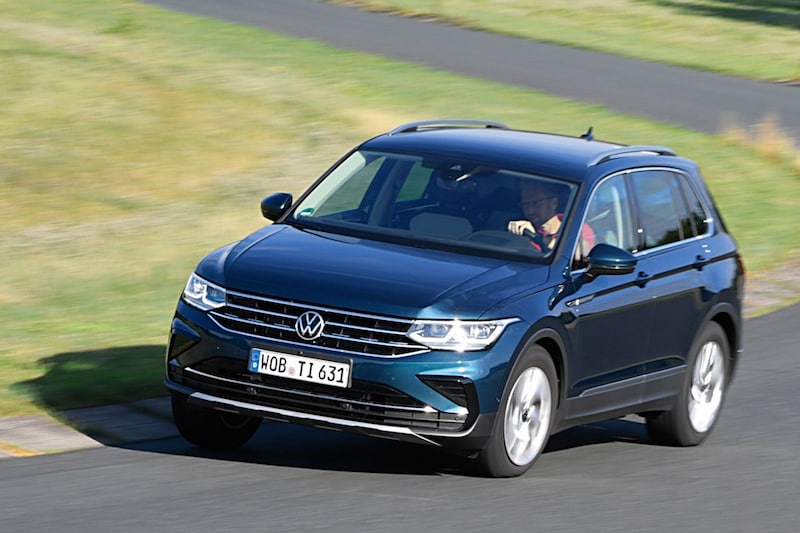In this week’s all-season tire test, we test tires in size 215/65R17. That’s a tire you’ll find more often among popular SUVs. Last week’s test was in size 225/50R17.
All-season tires seem to be the future. No other type is gaining popularity so quickly, in no other tire segment have we seen more technological advances in such a short time. Spurred on by the requirements of the legislator and of the car manufacturers, tire developers have to continuously come up with new solutions. The emphasis is unmistakably on the reduction of CO2 emissions. However, rolling noise and tire wear (with the release of particulate matter as a result) are also high on the list of priorities. To reduce CO2 emissions, you have to lower the rolling resistance, actually a simple story, and increase the tire pressure to 3.5 bar. Then the contact area of the tire is already smaller and the rolling resistance is therefore lower. The problem, however, is that this affects all other driving characteristics, especially the safety aspects. A smaller contact patch provides longer braking distances and lower lateral grip when cornering. In addition, the tire wears unevenly, requiring replacement sooner than necessary. All this must be taken into account by the developers.
Small market
The six-monthly tire change costs time and money, but in the past there was usually no alternative. The all-season tires were in fact no match for the summer and winter specialists. In tire tests, they often did not perform well enough to be recommended. Only the small sizes for under light cars could cope reasonably well with these types of tires in an urban environment. The all-rounders were not an option for cars that were driven a little faster or whose owners often traveled to the winter sports countries. That changed when Michelin introduced the CrossClimate to the world six years ago. Until then, the all-season tire market was small and manageable.
The French manufacturer came up with a radically new profile, in which slats were completely omitted. Even without these profile notches, which are so important for the grip on both snow and ice, the newcomer still managed to achieve sufficient performance on snow. On its test debut in 2015, the CrossClimate immediately took second place behind Goodyear’s long-standing four-season champion Vector 4Seasons. Both the testers and the industry people were amazed. On wet and dry road surfaces, the tire with the new tread design even clearly outperformed most of its competitors. The expected lifespan was also exemplary. The all-rounder only performed satisfactorily on ice and snow. The fact is, however, that all-season tires have become a comfortable and safe alternative to winter tires for many car owners over the years.
Tiguan as ‘tester’
Since then, a lot has happened with the all-rounders. The competition followed Michelin’s lead and adapted the tread design and rubber mix. Other manufacturers, such as Continental, developed new tire series with profile designs that were remarkably similar. However, the demands placed on tires have also changed. Cars are getting bigger and heavier. This time we used a Volkswagen Tiguan as a ‘tester’ in the four-season tire test. Depending on the engine, the SUV from Wolfsburg has a curb weight of approximately 1.8 tons. The 215/65R17 tire size is the smallest for mid-sized SUVs. For the first time, the third generation of Michelin’s smash hit, the CrossClimate 2, will compete against its main competitors, including Imperial from China. A tough test.
It really does exist, a tire that keeps you safe on the road in all weather conditions. Hankook’s test winner is an exemplary compromise. Michelin’s new tyre, the CrossClimate 2, performs well and takes second place on its debut. Other premium manufacturers sometimes make mistakes so that there is still plenty of work to be done for the tire developers.
The complete 2021 AutoWeek Four Season Tire Test for SUVs with all candidates and all measurement results can be found this week in AutoWeek 44 (November 3-10), but is also available digitally at the bottom of this article.
Price comparator
With the AutoWeek Car Tire Price Comparator we offer you a handy tool to find the best offers on all-season tires. The price comparator currently provides an overview of the full range of the largest tire providers. Also here are all tire tests of previous years can be found.
– Thanks for information from Autoweek.nl
